The vast golden plains of the Serengeti stretch endlessly under the African sun, a stage for one of nature's most spectacular dramas. Here, where the earth trembles with the footsteps of millions of migrating wildebeest and zebras, the Serengeti lion reigns as the ultimate ambush predator. These apex hunters have perfected the art of survival through millennia of evolution, blending seamlessly into the tall grasses as they orchestrate death with chilling precision.
Unlike their cousins in other regions, Serengeti lions have developed unique hunting strategies tailored to the Great Migration's rhythms. Their entire social structure revolves around anticipating and intercepting the massive herds that flood their territories during annual cycles. Pride members communicate through subtle gestures and vocalizations invisible to their prey, coordinating attacks with military-like efficiency. The lions' tawny coats become living shadows in the dry grass, their muscular bodies flowing like liquid gold as they stalk columns of unsuspecting herbivores.
The Serengeti's ecosystem provides these big cats with both opportunity and challenge. During peak migration months, prides gorge themselves on easy kills, often abandoning half-eaten carcasses when fresh targets present themselves. This abundance creates a paradox—while food seems limitless, competition intensifies. Nomadic males challenge resident pride leaders, hyena clans grow bold, and younger lions test boundaries in the chaos. Only the most adaptable hunters thrive in this environment where yesterday's feast can become tomorrow's famine.
Researchers have documented astonishing cooperative behaviors among Serengeti lions during migration hunts. Females often form strategic hunting parties where individuals assume specialized roles—some acting as drivers to panic herds toward waiting ambushers, others cutting off escape routes. These complex tactics require intimate knowledge of terrain and prey behavior, knowledge passed down through generations. Cubs learn by observing their mothers, their play fights mimicking the lethal maneuvers they'll one day employ against real prey.
Climate change and human encroachment now threaten this ancient predator-prey dynamic. As drought alters traditional migration routes and livestock compete for grazing lands, lions must adapt their hunting strategies once more. Conservationists work tirelessly to protect the delicate balance that allows both migrants and predators to survive. The Serengeti lion's future hangs in the balance, its fate intertwined with the wildebeest herds it has hunted since time immemorial.
What makes these lions truly remarkable isn't merely their physical prowess, but their cognitive sophistication. They remember individual watering holes where prey congregate, anticipate herd movements based on seasonal rains, and even recognize specific vehicles used by researchers. This intelligence, combined with raw power, cements their status as the Serengeti's ultimate architects of ambush. Their roars at dusk serve as both celebration of successful hunts and reminder that in this unforgiving landscape, predator and prey dance an eternal waltz of life and death.

By /Jun 12, 2025
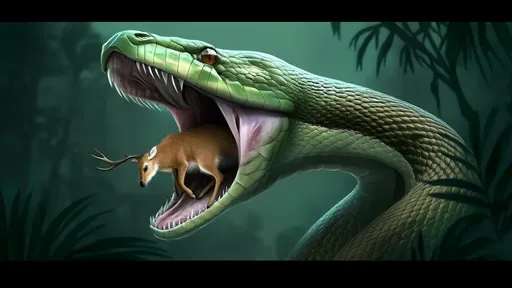
By /Jun 12, 2025
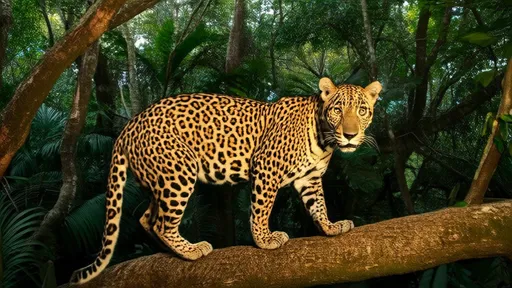
By /Jun 11, 2025
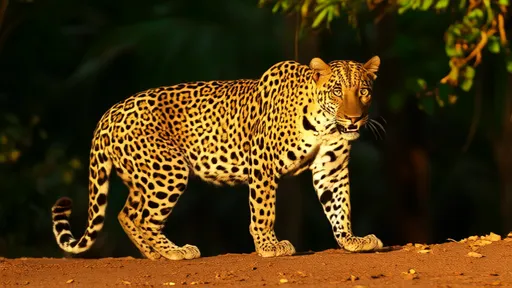
By /Jun 11, 2025
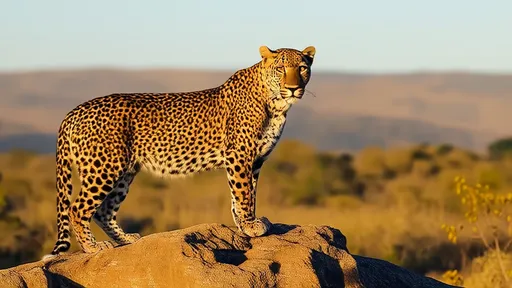
By /Jun 11, 2025
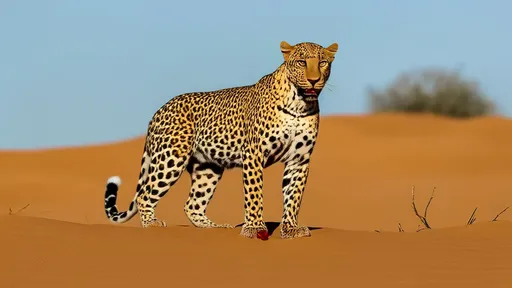
By /Jun 11, 2025
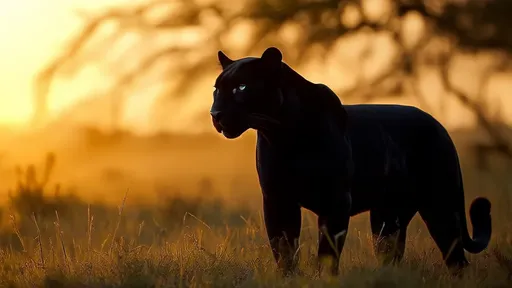
By /Jun 11, 2025
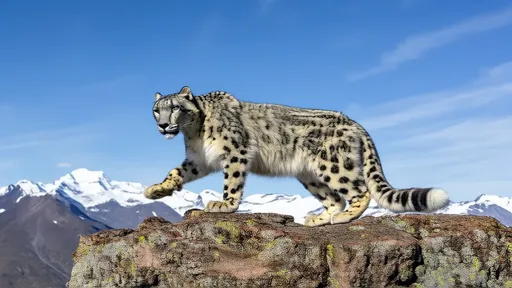
By /Jun 11, 2025
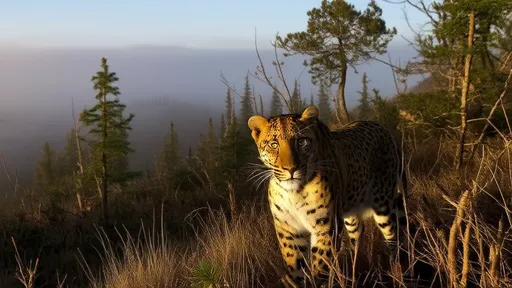
By /Jun 11, 2025
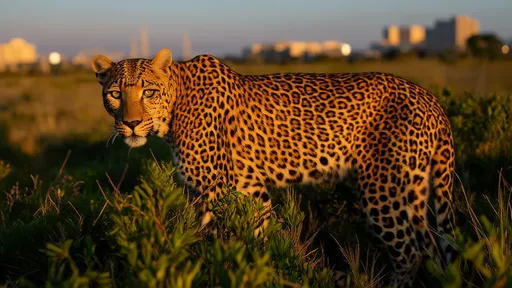
By /Jun 11, 2025
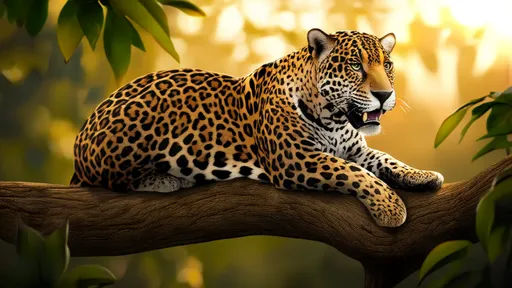
By /Jun 11, 2025
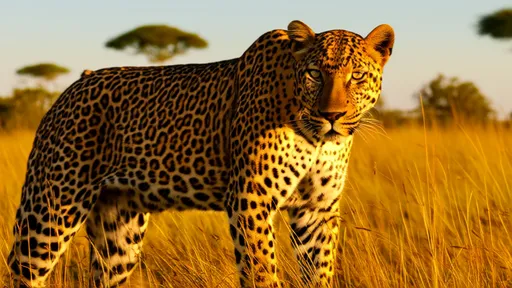
By /Jun 11, 2025
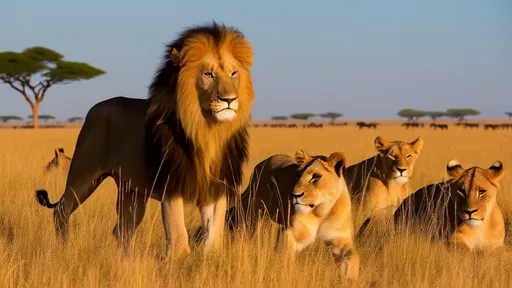
By /Jun 11, 2025
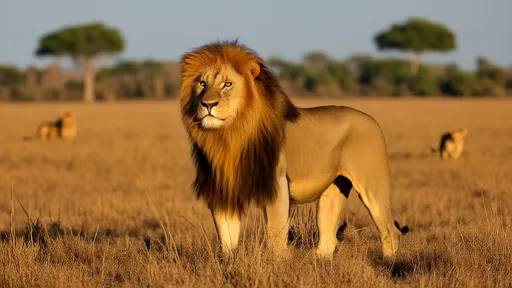
By /Jun 11, 2025
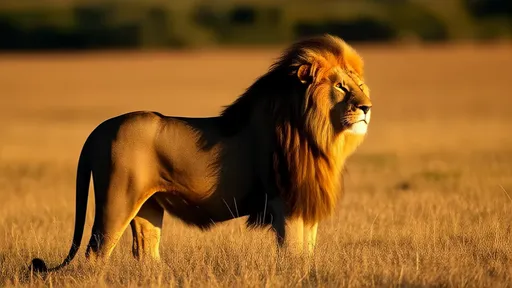
By /Jun 11, 2025
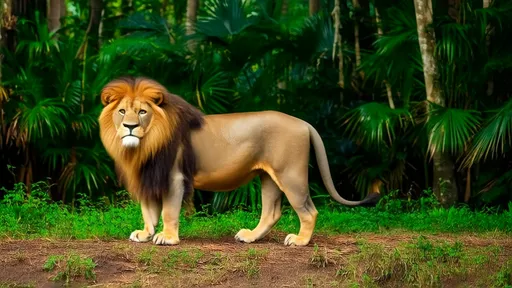
By /Jun 11, 2025
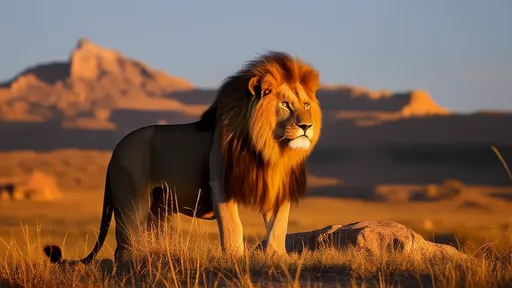
By /Jun 11, 2025

By /Jun 11, 2025
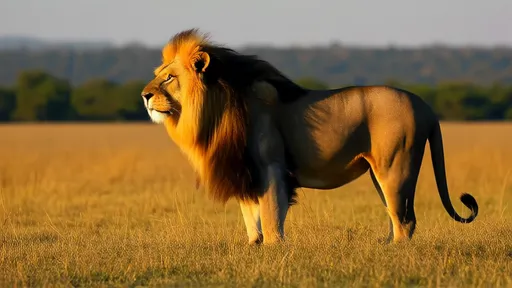
By /Jun 11, 2025
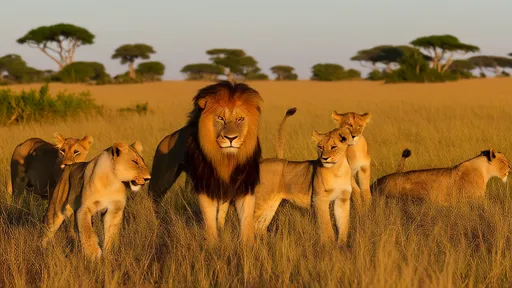
By /Jun 11, 2025